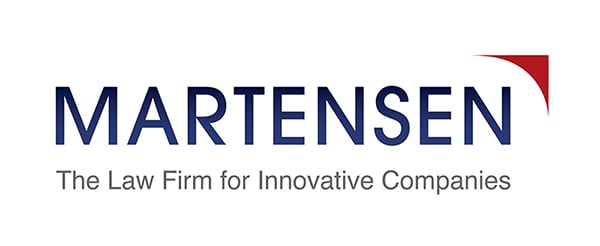Important Considerations For Effective Trade Secret Protection
Trade secrets are often the catch-all category of intellectual property (IP) protection. Patents cover inventions, copyrights protect creative works of expression, trademarks focus on branding and trade secrets… well, they cover the rest.
A trade secret is information from which a party gains economic value or a competitive advantage from the fact that the information is secret. Almost every company possesses trade secrets. Indeed, it is hard to conceive of a company that does not possess trade secrets. And while one may envision source code, algorithms or production data as trade secrets (which they indeed may be), financial data, margins, hiring practices and employee training may also qualify as a competitive advantage worthy of protection.
3 Characteristics of Trade Secrets
Fundamentally, a trade secret possesses three characteristics: 1) the information is not generally known or ascertainable (i.e., it is a secret), 2) the party possessing the secret derives some competitive or business advantage from the fact that the information is secret (e.g., Kentucky Fried Chicken’s 11 herbs and spices) and 3) the party possessing the secret takes reasonable efforts to preserve the information’s secrecy.
Trade secrets, unlike patents, copyrights and trademarks, derive their foundation in state law, not federal statutes. Until the enactment of the Economic Espionage Act of 1996, amended by the Defend Trade Secrets Act of 2016, trade secrets were exclusively governed by state law. And while most states have adopted this federal legislation (with the notable exception of New York), enforcement of misappropriation of trade secrets in a state court room remains a viable cause of action.
That is an important distinction, as most trade secret misappropriation cases are tied to employment matters, which, as you might expect, also reside in state court. And while companies are somewhat reluctant to invoke a federal lawsuit against a competitor given the exposure and cost, pulling the trigger, so to speak, in state court against a rogue employ does not carry the same pause.
Trade Secret Best Practices
There is no registration or filing procedure for trade secret protection. Nor is there any legal notice that must be attached to a trade secret. However, best practices are to identify documents containing trade secrets that may be shared with others with appropriate markings such as “Confidential/Proprietary.” So, for many companies faced with tight budgets and fearful of being saddled with costly procedural requirements associated with patent filings and copyright or trademark registration, embracing trade secrets as a primary means by which to secure IP is the path of choice. It is not, however, a path without a few potholes that need to be avoided.
The Importance of Memorializing Trade Secrets
Recall that the third quality of a trade secret is making reasonable efforts to preserve the information’s secrecy. Implied in that third tenant is that the company has taken steps to identify and memorialize that which it deems a trade secret.
Many executives will state, “Of course we have trade secrets.” But when asked to produce a list or manifest of those trade secrets and itemized steps that have been taken to preserve their secrecy, an investigator or counselor is often faced with a blank stare.
A trade secret manifest links established policies and procedures (which also should exist) to a practical implementation. For example, imagine if a disgruntled employee walked away with the formula of Coca-Cola. Quickly, the company seeks a restraining order from the local court ensuring that the formula is not disclosed, for once the secret is no longer secret, the value is lost. If such a disclosure did exist, a cause of action against the employee for loss of value may exist, but there is no putting the genie (the secret) back in the bottle.
As the Coca-Cola Company seeks an immediate temporary restraining order against the employee, the court will ask, “What efforts have you, Coca-Cola, made to preserve this so-called formula as a trade secret?” Knowing the formula’s value, Coca-Cola’s counsel would waltz up to the judge’s bench with their trade secret manifest in hand showing that the formula is trade secret number 1, and that the formula is bifurcated and kept at these separate locations. Only the people on a list provided have access to one or both portions and the formula is embedded with clear markings to identify its status as a secret. The manifest illustrates the company’s implementation of its policies and procedures with respect to trade secrets and that the company has taken reasonable efforts to preserve the information’s secrecy. Consequently, the restraining order is granted.
Now imagine a different scenario. In response to the judge’s question to Coca-Cola as to what steps they have taken to preserve the formula, counsel for the company says, “Everyone knows it’s a secret. It’s worth a lot of money.” Lacking evidence of any reasonable efforts to preserve the “secret,” a restraining order is not granted. The employee publishes the formula on the internet and the secret is lost, forever.
“Reasonable Effort” Protects a Company’s Rights
While the requirements to establish and preserve a trade secret need not be costly, they do nonetheless exist. Companies, large and small, must be cognizant that the ability to enforce their rights under the Defend Trade Secrets Act and various state statutes rests upon their ability to demonstrate reasonable efforts to preserve that secrecy. Policies and procedures are a step in the right direction, but possessing contemporaneous evidence that these policies and procedures are implemented on an ongoing basis is critical to a valid and effective trade secret protection strategy.



